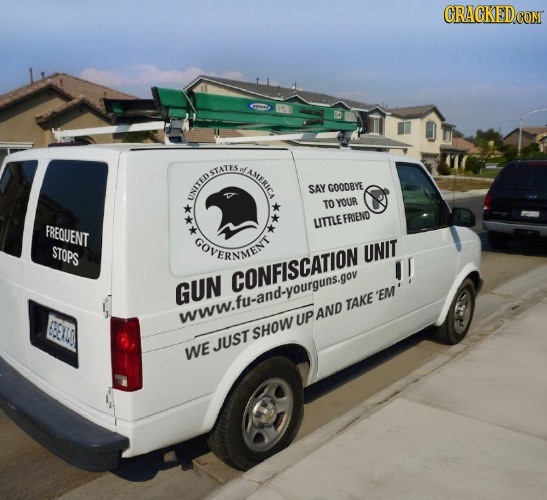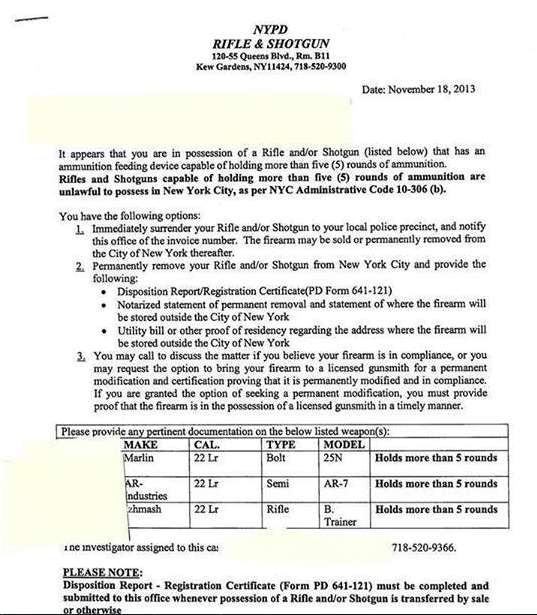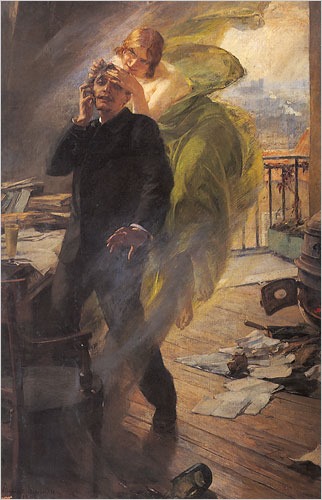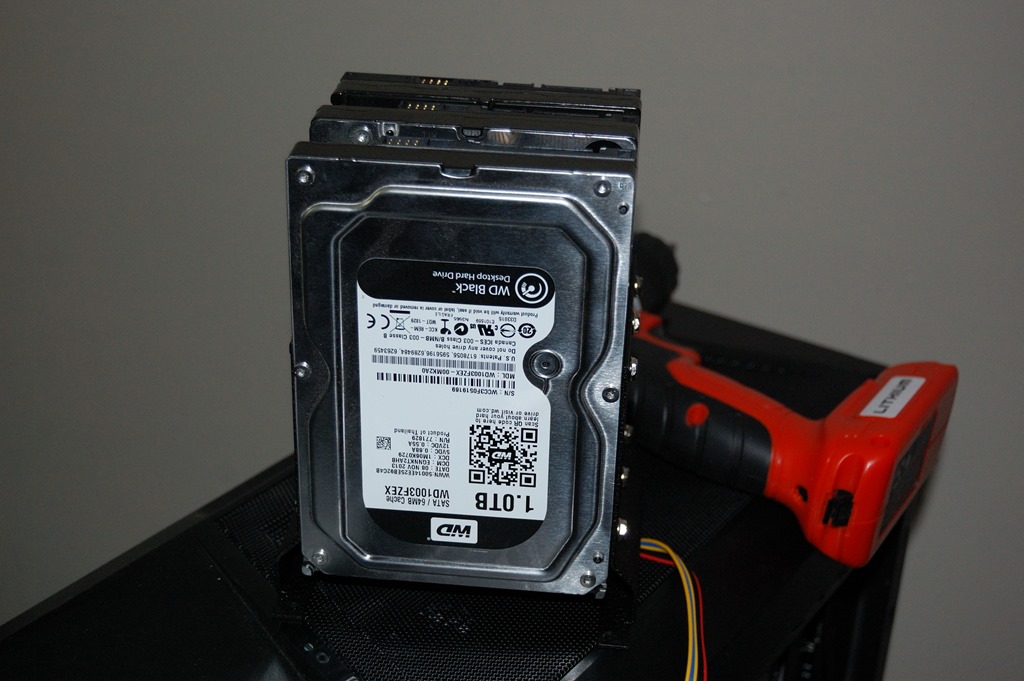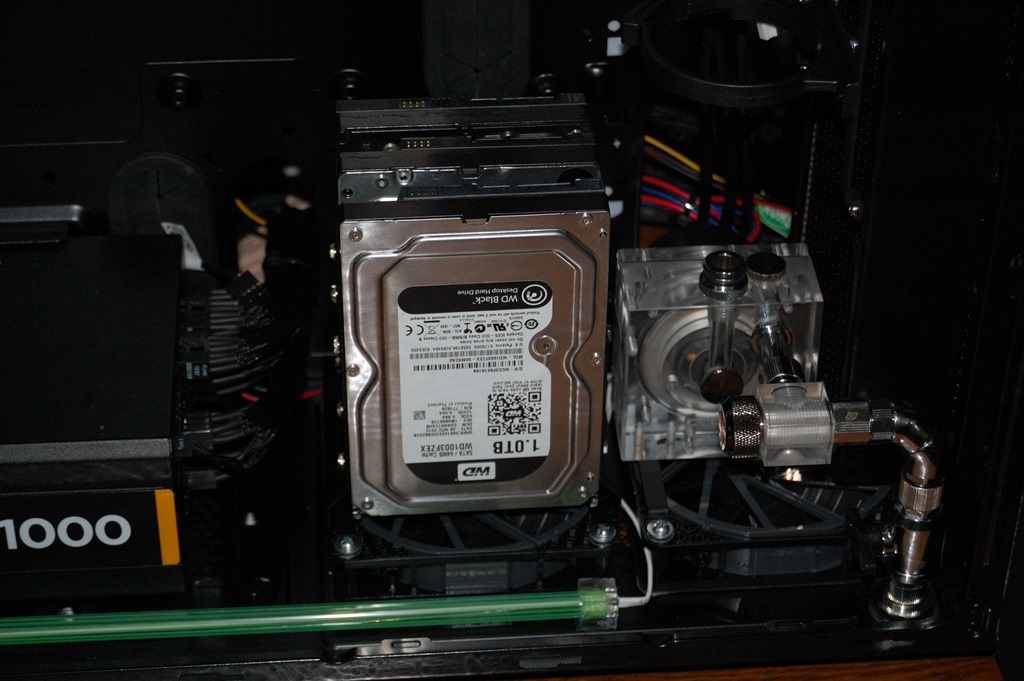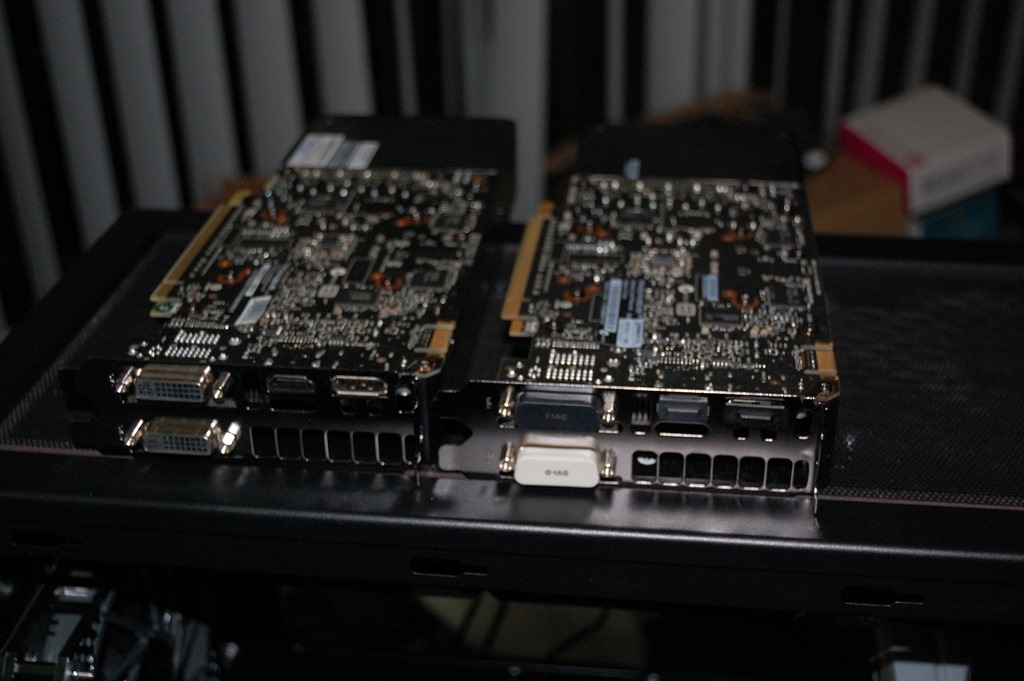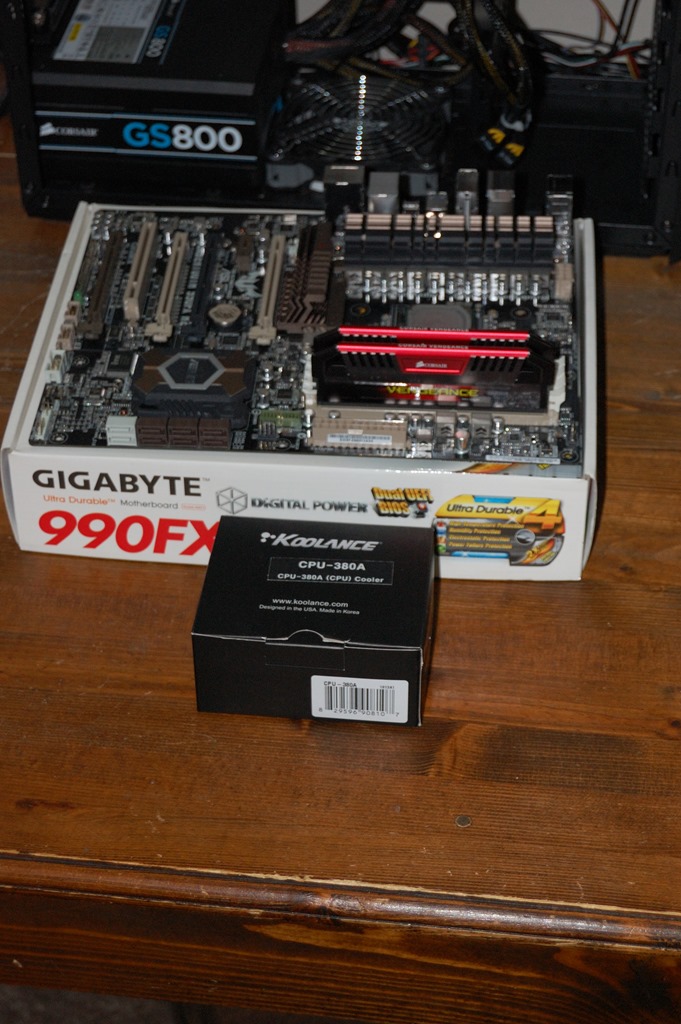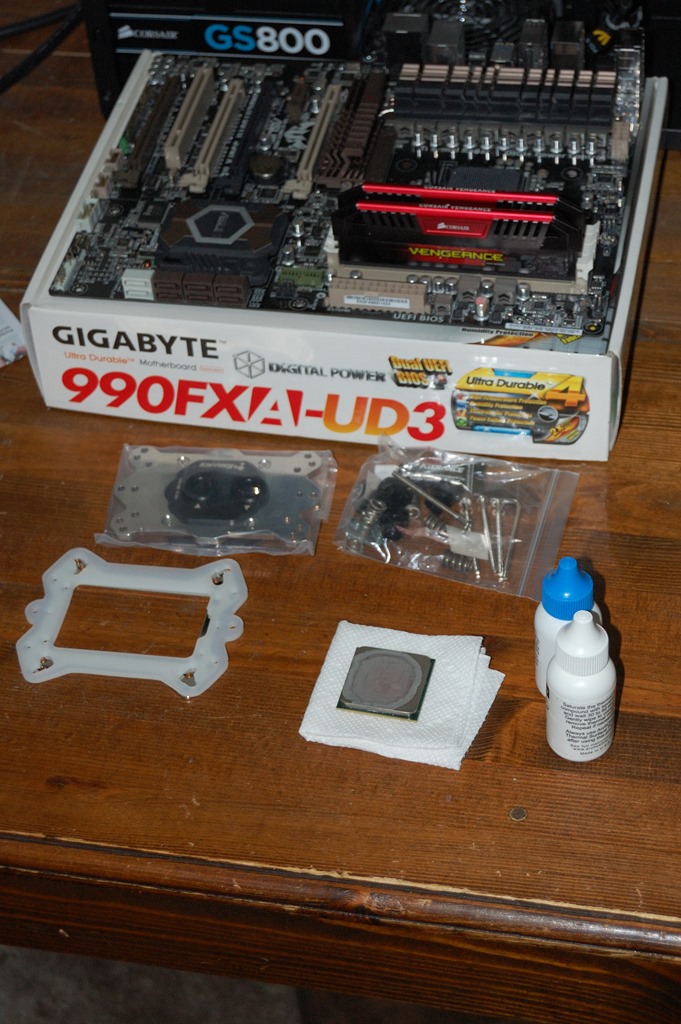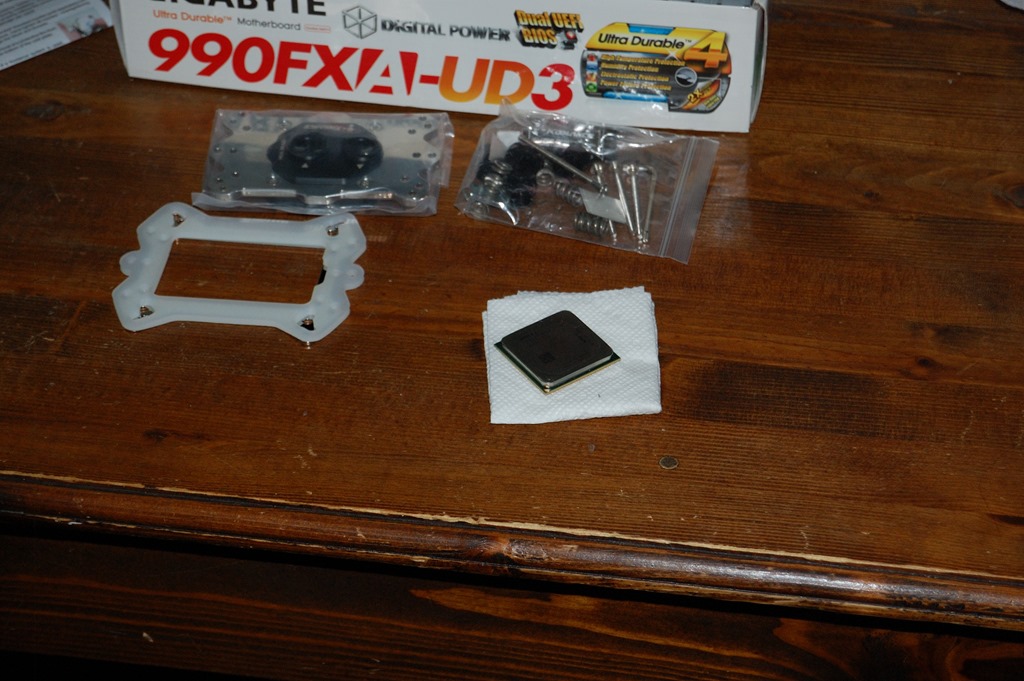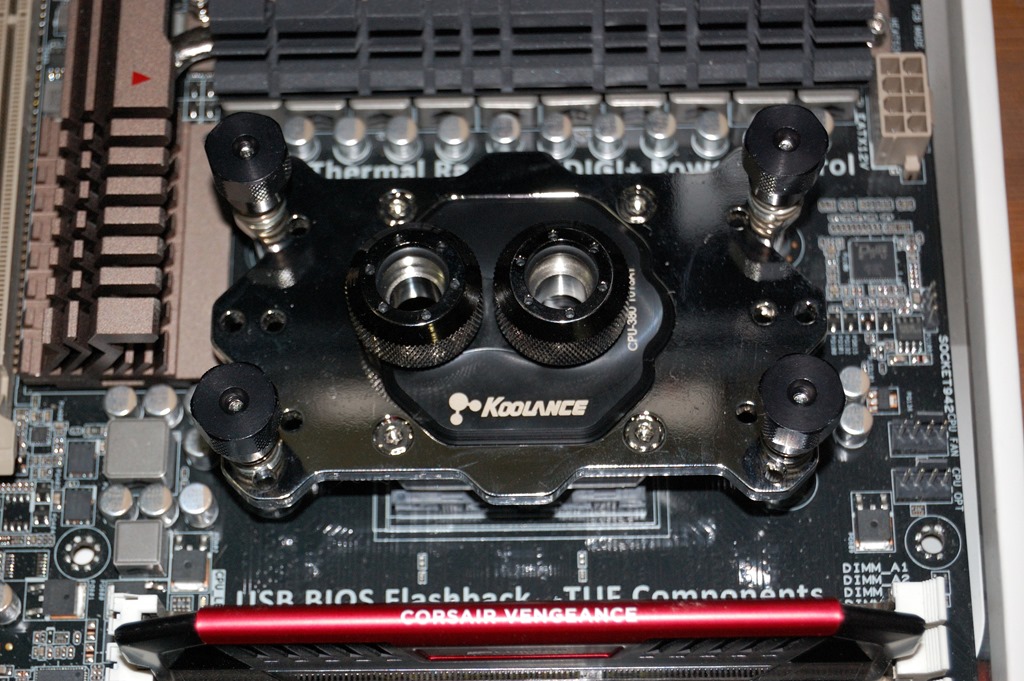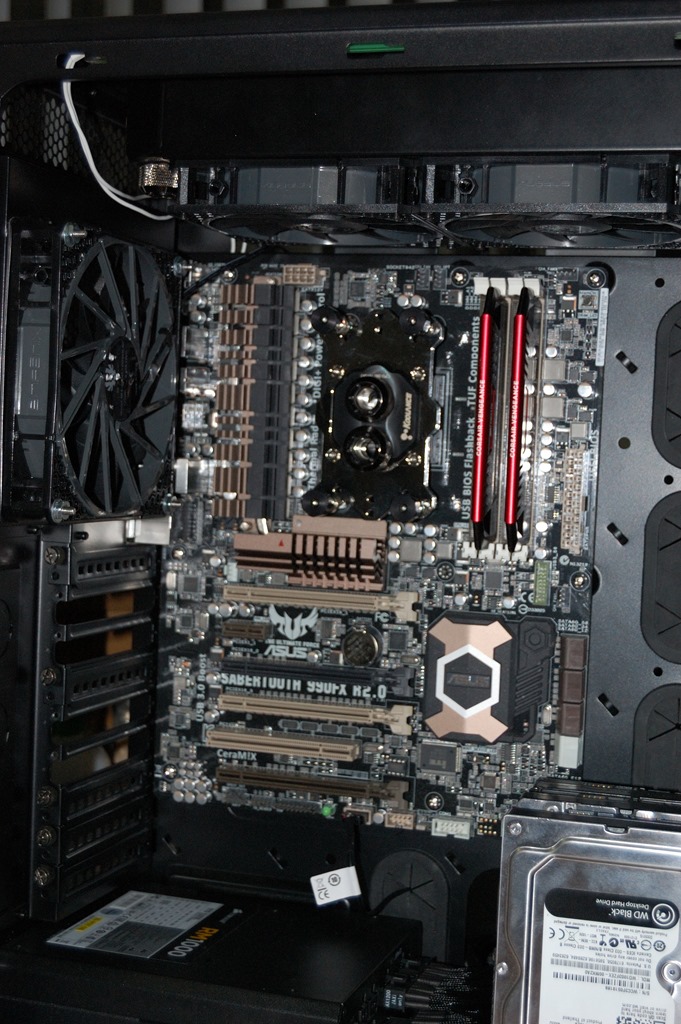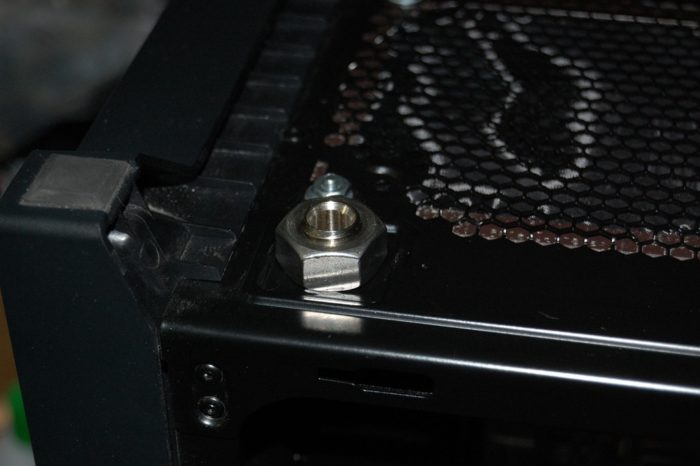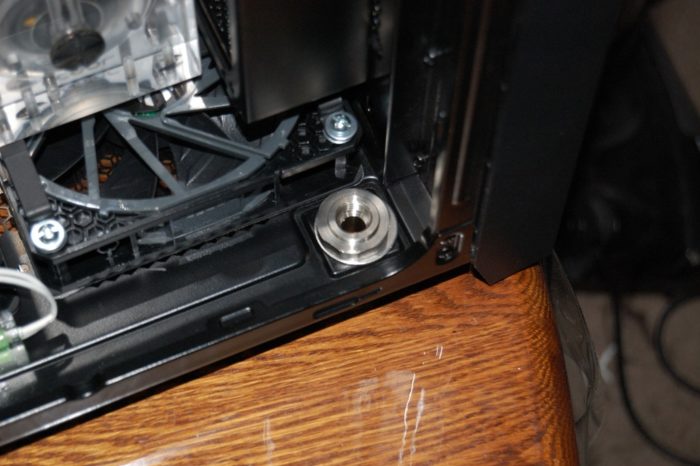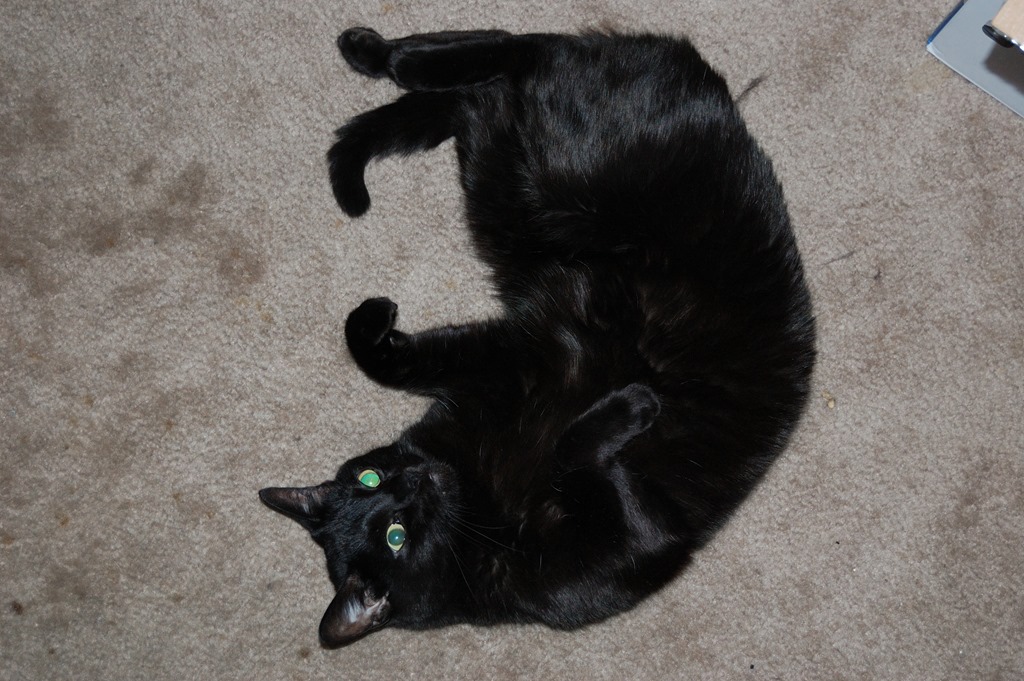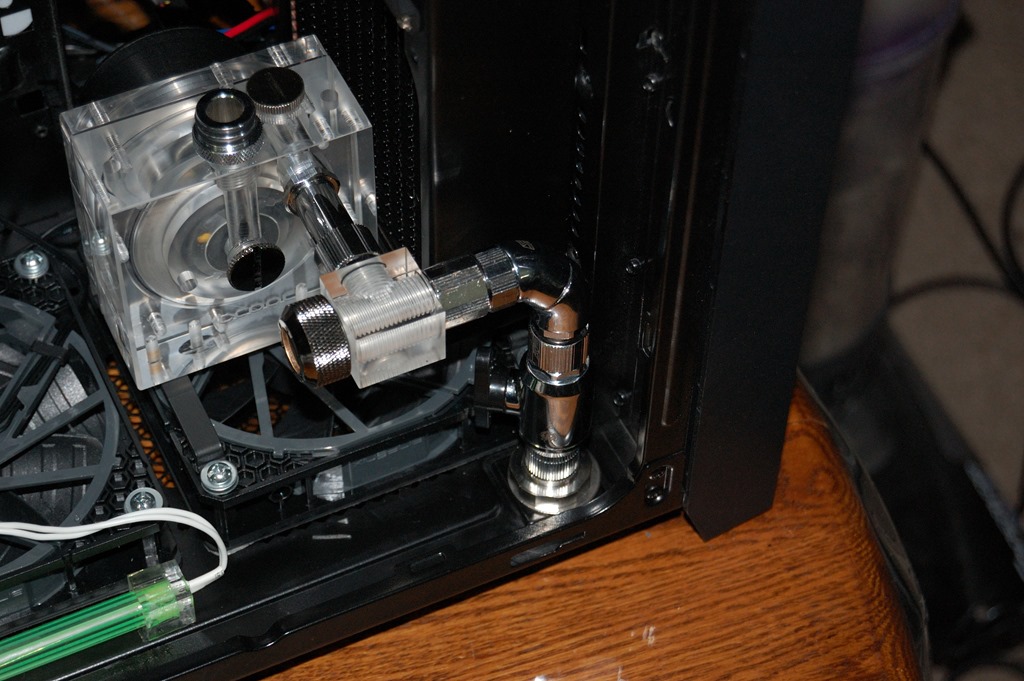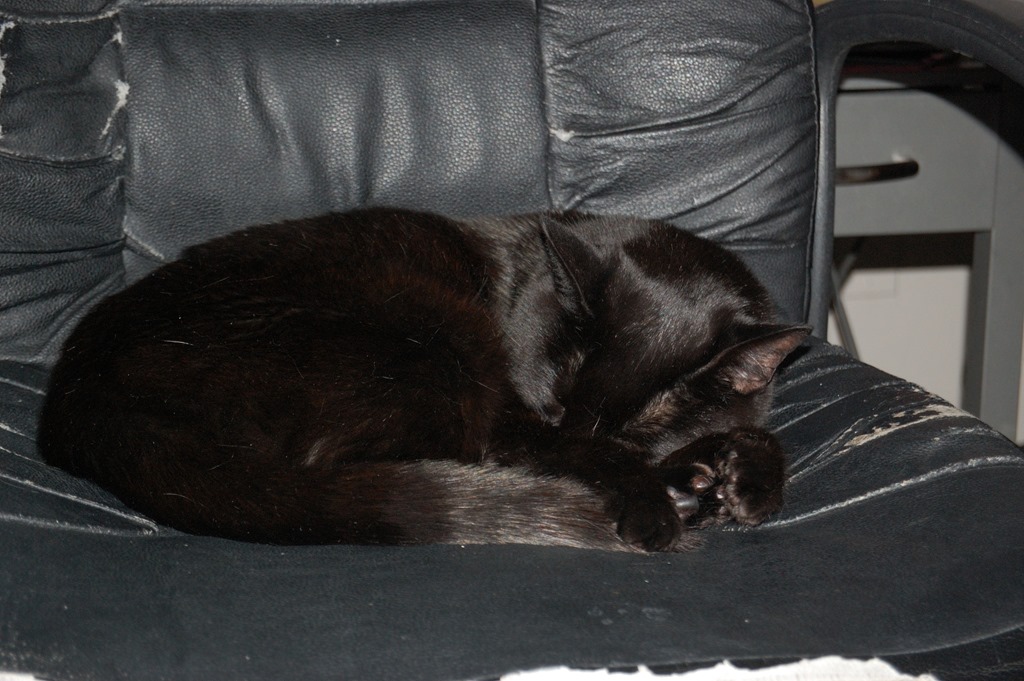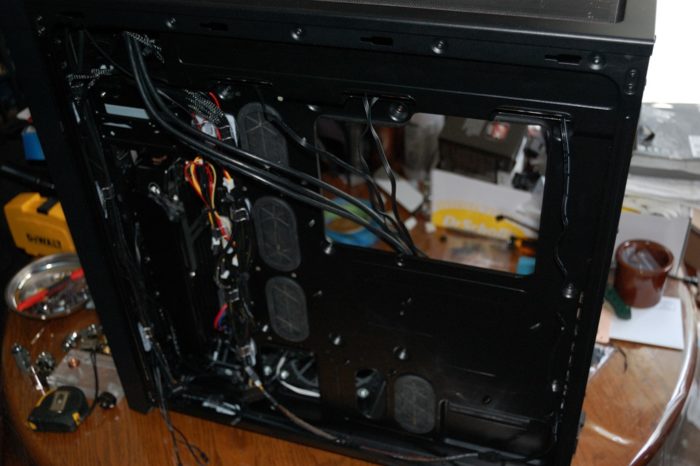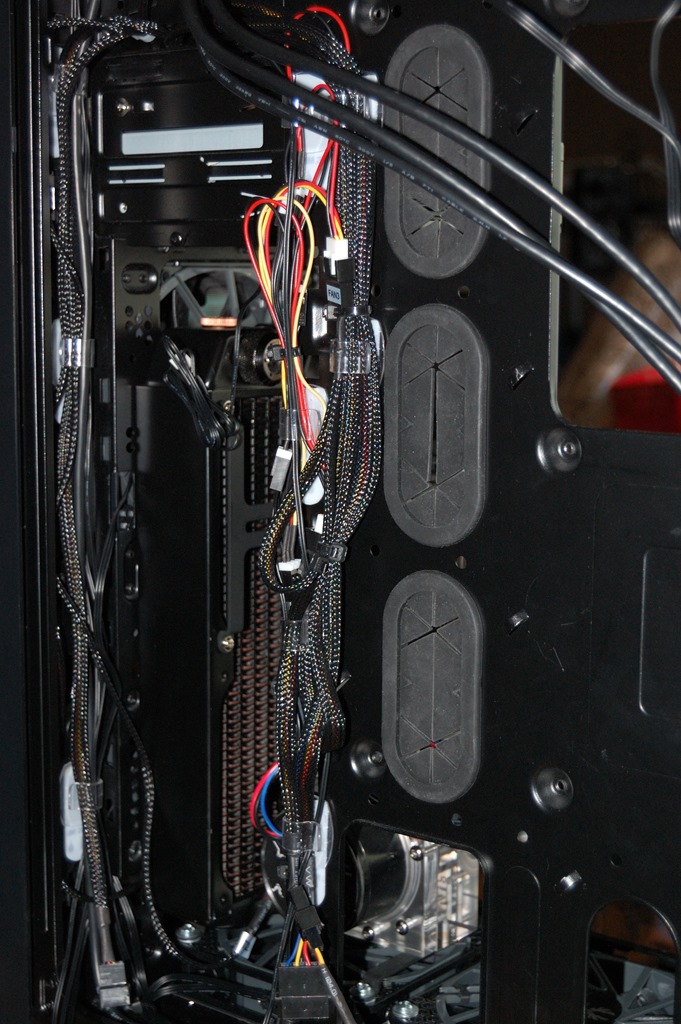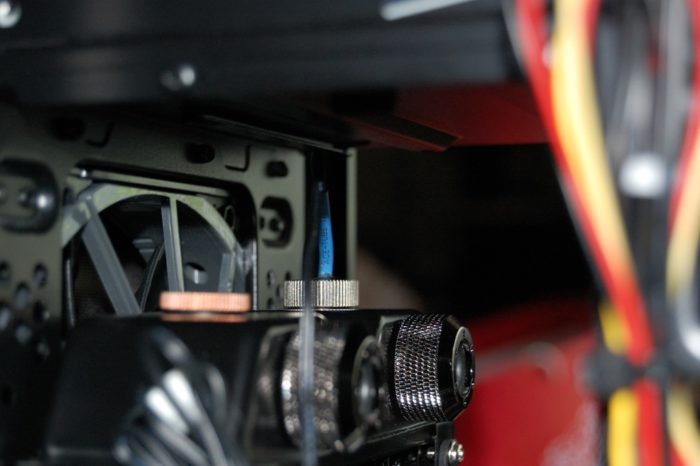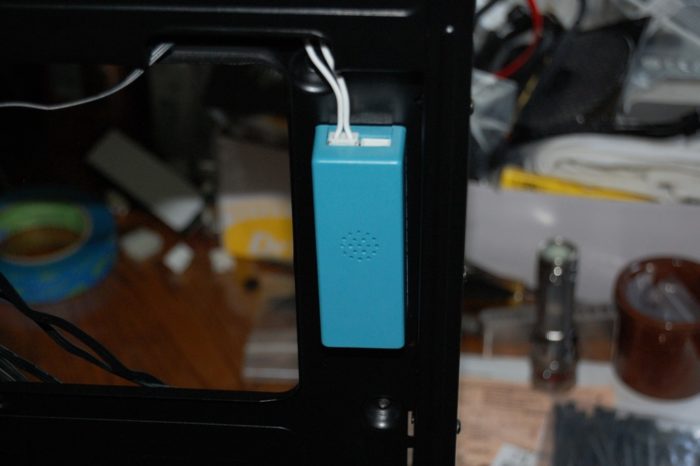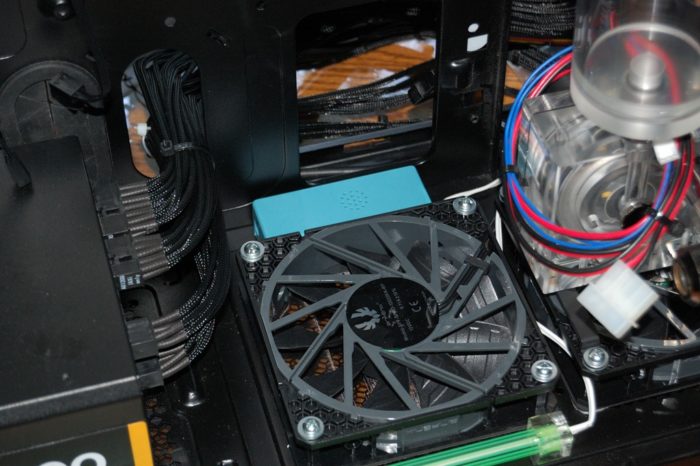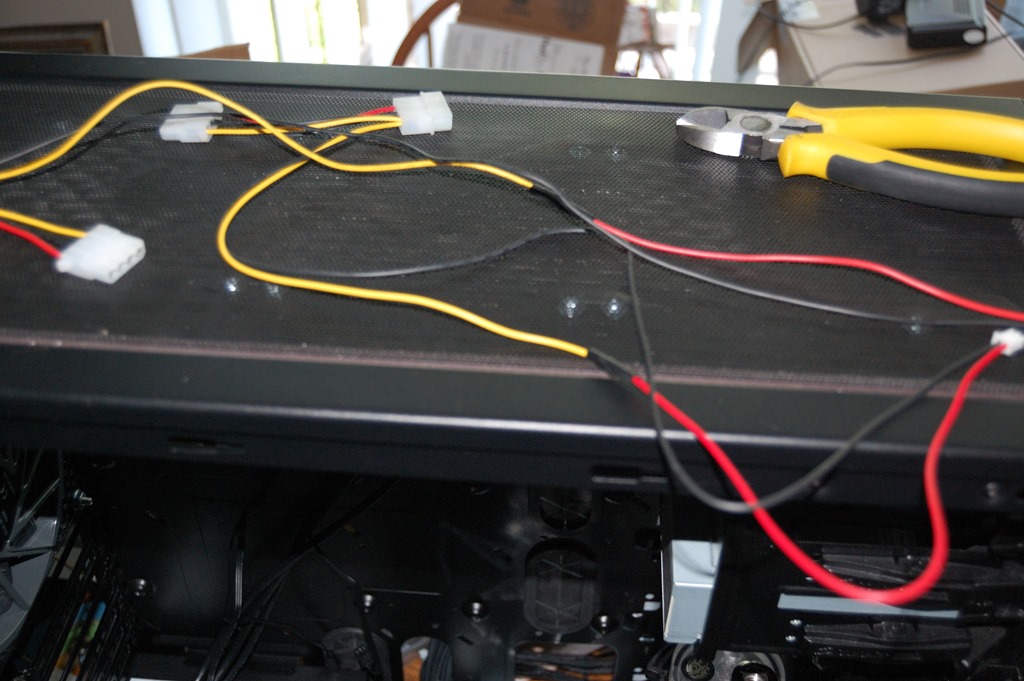Whenever someone calls for amending the Constitution of the United States, we need to look upon their desires with a very, very high level of scrutiny. I’ve done this previously with Governor Rick Perry in his calls for various ways to amend the Constitution, along with another proposal regarding laws and their applicability to Senators and Representatives. I also scrutinized a column by a law professor who famously calls for replacing the entirety of the Constitution, scrapping it and starting over.
I think the one thing too many overlook or outright ignore is that amending the Constitution affects the entirety of the United States, often in ways that originally were not considered by those proposing and drafting amendment resolutions. It is one of the reasons we can be thankful that the process for amending the Constitution – as outlined in Article V – is purposefully very difficult. Everyone should scrutinize the words of any proposed amendment to determine all the various ways the wording might be interpreted. This is part of keeping the focus of an amendment proposal narrowly-tailored.
After all, amending the Constitution is not something to be taken lightly, nor is it to be the go-to option when something occurs that you don’t like. Yet too many treat it as if it’s not a huge deal. “Just amend the Constitution!” people will readily say, especially when it comes to their particular pet issues.
Today’s scrutiny is directed toward Senator Tom Udall, the senior Senator for the State of New Mexico. Previously he served as the Representative for the 3rd District of New Mexico in the US House of Representatives. Recently Senator Udall proposed an amendment to the Constitution. His pet issue targeted by his proposal is campaign finance and the recent Citizens United case from the Supreme Court.
Before getting into the text of the proposal, let’s get a couple things straight.
First, I think it’s quite clear that most who talk and complain about the Citizens United case have not read the decision the Supreme Court handed down. Here’s the gist of the situation before Citizens United.
Newspapers have unlimited capability to influence elections under the guise of printing “news”.
Editorial discretion allows a newspaper to determine what gets printed, and as such newspapers have a lot of capability to influence not only public perception of certain issues and events, but change your point of view on them just by adjusting how they are presented. The media and press are hugely credited for swinging the 2008 Democratic primaries toward Obama and away from Hillary Clinton. And they do this by exercising editorial discretion.
And it should also be pointed out that most every major newspaper in the United States is a corporation or owned by a corporation. Yet because we call them “the press”, no one seems to really complain about it. Yet if other corporations tried to influence elections in the same way that newspapers seem to have unlimited ability, the full power of the Federal Election Commission would hammer down upon them. And such was the case with Citizens United and their documentary, Hillary.
It should also be pointed out that Citizens United is not a corporation in the sense that most people seem to think. Citizens United is a non-profit, conservative-leaning lobbying organization that was founded in 1988.
Typically when most think of a corporation, they think of the large corporations: Wal-Mart, General Electric, General Motors, Microsoft, the various ones owned by the Koch Bros., and the like. They don’t consider the fact that their favorite charity or non-profit is also a corporation. If you have a regular physician, their practice is most likely a corporation, whether a privately-held corporation with shared or a limited liability company. Same with your dentist’s practice and your eye doctor. Most businesses are corporations or, at the least, a limited liability company, whether it’s just one person or they have employees or partners.
Many organizations, large and small, are corporations, including organizations that were organized with regard to particular political issues.
This means that any organization, excluding the press, that makes any kind of expenditure or contribution with the intent, express or implied, of influencing an election’s outcome could run afoul of Federal laws. And that is the problem that the Citizens United decision addressed. The same kind of power to indirectly influence elections that the press has enjoyed since the First Amendment was ratified is the same kind of power that really any for-profit and non-profit corporation, limited liability company, proprietorship or partnership should have.
The First Amendment to the Constitution says this:
Congress shall make no law respecting an establishment of religion, or prohibiting the free exercise thereof; or abridging the freedom of speech, or of the press; or the right of the people peaceably to assemble, and to petition the Government for a redress of grievances.
Taking a plain reading of this, it says that Congress shall not abridge the freedom of speech. No part of the plain text of that Amendment says anything about individuals versus corporations. The reason is quite simple: the Amendment limits Congress. It does not grant rights, or extend rights to any one or any organization. Yet too many don’t see it in that fashion.
Citizens United was not trying to directly contribute to a candidacy with the production of its documentary, only engage in political speech. The Supreme Court of the United States said plainly that corporations who wish to engage in political speech – as opposed to directly funding a campaign – can do so, and the Constitution says the Federal government cannot prohibit or inhibit that.
So let’s get to Udall’s proposal. It contains four sections, with sections 1 and 2 being virtually identical – the first applies to the Federal government, the second to the States. Section 3 is a limitation on the interpretation of the amendment: “Nothing in this article shall be construed to grant Congress the power to abridge the freedom of the press.” Again this ensures that press organizations – which again are corporations – will still have unfettered ability to influence elections and public perception and opinion through editorial discretion.
The heart of the proposal is this:
To advance the fundamental principle of political equality for all, and to protect the integrity of the legislative and electoral processes, Congress [and each State] shall have power to regulate the raising and spending of money and in-kind equivalents with respect to Federal [or State] elections, including through setting limits on –
- the amount of contributions to candidates for nomination for election to, or for election to, Federal office; and
- the amount of funds that may be spent by, in support of, or in opposition to such candidates
Talk about very, very broad language: “Congress [and each State] shall have power to regulate the raising and spending of money and in-kind equivalents with respect to Federal [or State] elections, including through setting limits on the amount of funds that may be spent by, in support of, or in opposition to such candidates”. Read that a few more times to ensure you actually get what Udall is proposing and what many are supporting.
This basically means that any spending of money that has any intent – express, implied, or interpreted – of being “in support of, or in opposition to” any election candidate falls under Federal and State regulation. This means that personal blogs hosted on private web space paid for by the blog owner could fall under this provision – section 3 of the proposal notwithstanding, because bloggers so far have not been given the same kind of protection from government scrutiny that journalists enjoy.
So this amendment would actually grant the Federal government significantly more power to control political speech, removing from Congress the check that is provided by the First Amendment as enforced by the Supreme Court. A government rarely refuses to exercise its power. It must instead be forced to not exercise it.
But because Udall’s amendment is advertised under the guise of “corporations aren’t people and shouldn’t have the same rights” – which they don’t – people see this amendment as a good thing. And that’s mainly because no one’s bothered to read the bloody thing.
